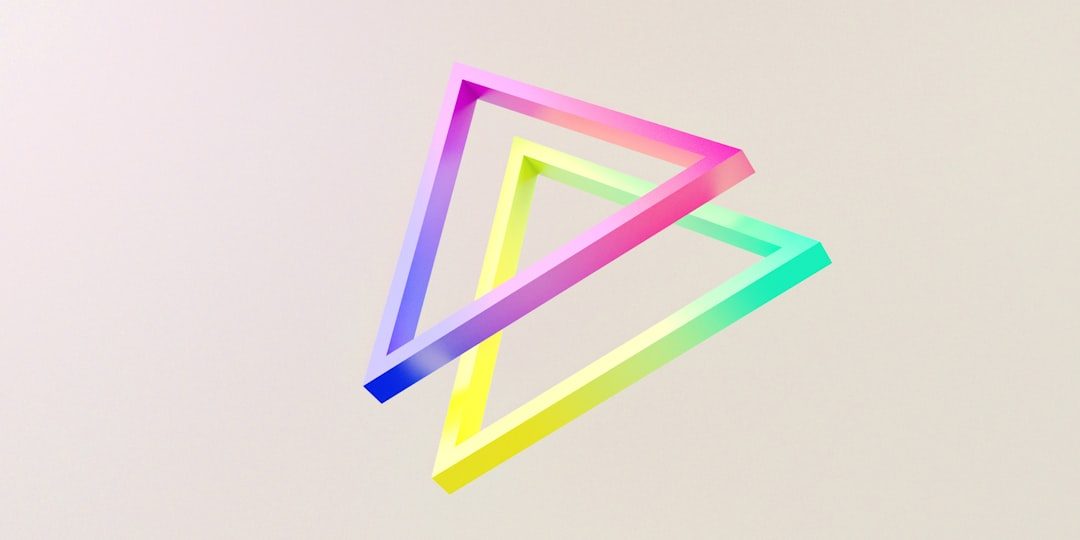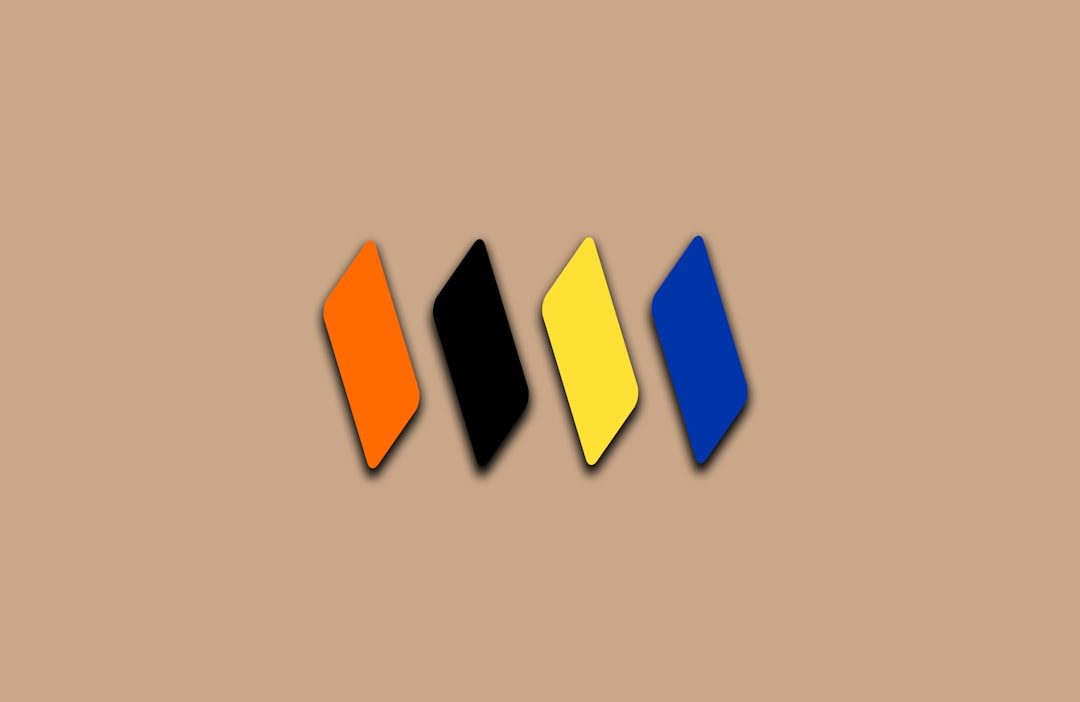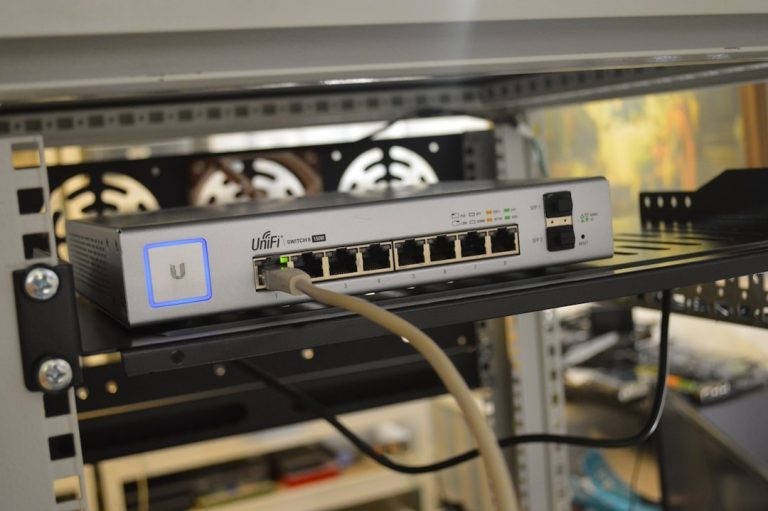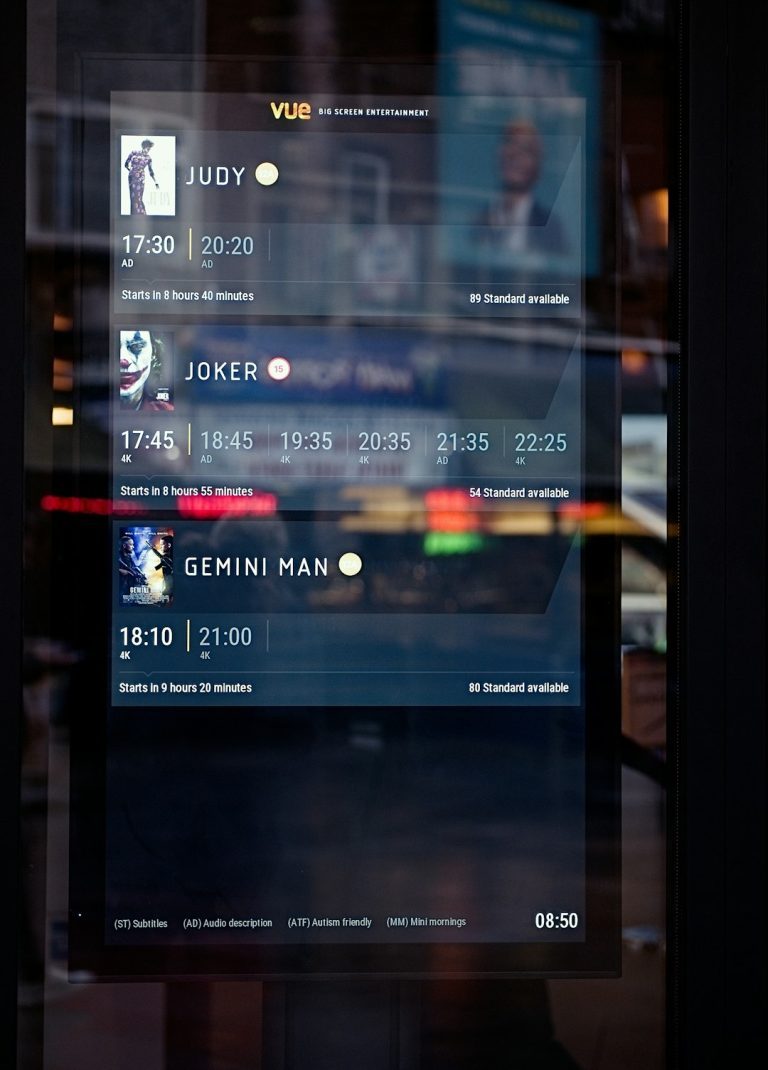In a world overflowing with visual content, cutting through the noise has never been more difficult—or more critical for brands. Whether you’re launching a startup or refreshing an old identity, your logo plays a central role in how your audience perceives you. But here’s the twist: the simpler your logo, the more powerful it can be. That’s the magic of minimal logo design.
What makes minimal logos so effective? The answer lies in their ability to communicate with clarity, speed, and memorability. By stripping away the clutter, you’re left with pure visual essence—an identity that people won’t just recognize, but will remember. Below, we’ll explore five essential tricks to keeping your logo simple, yet 200% more memorable.
1. Think in Symbols, Not Details
The human brain processes images far faster than words. This is why using symbols in your logo can be exponentially more effective. A minimal logo captures an idea or brand ethos using the fewest elements possible. That means avoiding unnecessary gradients, overly complex illustrations, or intricate fonts. Think of logos like Nike’s swoosh or Apple’s bitten apple—both of which convey volumes without saying a single word.

Focus on creating one strong visual motif that resonates with your brand values. This could be a geometric shape, an abstract line, or a cleverly cropped letter. By anchoring your logo around a symbol, you’ll give your audience a faster visual pathway to association and recall.
2. Master White Space
If there’s a single tool that separates amateur and professional logo designs, it’s mastery over white space—or negative space, as it’s often called. White space is the “breathing room” around and within your design. Not only does it improve readability and aesthetics, it also enables the critical function of focus.
Take the FedEx logo, famous for the hidden arrow between the ‘E’ and ‘x’. The white space here isn’t just emptiness—it’s part of the message. When used strategically, white space becomes an active participant in your logo’s storytelling.
- Keep ample space between elements to avoid visual clutter.
- Look for dual meanings or hidden shapes within the negative space.
- Simplify proportions to draw attention to the most important part of your design.
Learning how to “do more with less” using white space ensures your logo remains versatile, clean, and sophisticated on any scale—from business cards to billboards.
3. Limit Your Color Palette
When it comes to minimalist logo design, less is more—especially with color. Countless studies have shown that color enhances brand recognition by up to 80%. Yet the paradox lies in the power of restraint. Choose one or two dominant colors that work both independently and complementarily. That’s it.

Consider top logos from major brands—Target’s bold red, Twitter’s calming blue, or McDonald’s iconic yellow arches. Their power lies not just in the color itself, but in the consistent, intentional use of limited hues. When building your color palette, keep in mind:
- Psychological effects of colors (e.g., blue equals trust, red equals energy).
- Accessibility with colorblind-friendly combinations.
- Scalability—make sure your logo works in black and white too.
A limited, consistent palette not only strengthens your visual identity but also makes it easier for customers to associate certain emotions and meanings with your brand.
4. Choose Typography with Intention
Font choice can make or break your logo—especially in minimal design, where there’s no place for typographic noise. The typography becomes more than just the way letters look; it is the face of your brand. Clean, professional typography communicates trust, clarity, and confidence.
Consider going with a custom or slightly modified typeface that imbues your logo with uniqueness without sacrificing legibility. When choosing a font, keep in mind:
- Sans-serif fonts are modern, clean, and often easier to read
- Kerning and spacing need to be exact; uneven gaps can ruin a logo
- Avoid excessive flair, script fonts, or cheesy typography effects
When designed well, the wordmark itself can convey powerful brand messaging. Think about Google’s light, modern font or the heavy futurism in the NASA logo. Typography is often all you need to make your brand stand out.
5. Test in Every Context
The final trick to creating a minimal logo that’s 200% more memorable is simple: test, test, and test again. Your logo will live in a thousand places—from your favicon and app icon to large-scale storefront signage. Will it hold up?
Always view your logo in black and white, on colored backgrounds, against digital screens, and on physical materials. If your design can’t survive size reduction or monochrome conditions, it’s not truly minimal. Consider these steps:
- Shrink your logo to 1-inch width and see if it’s still recognizable.
- Mirror-test your logo to spot hidden distractions or off-balance elements.
- Use mockups to visualize your logo on business cards, websites, packaging, etc.
Versatility is a hallmark of timeless design. The more resilient your logo is under these tests, the more confidence you can have in its long-term success.
In Summary
Minimal logo design isn’t about creating something boring or overly simplified—it’s about reducing a brand essence to its most meaningful elements. Simplicity doesn’t mean lack of depth; it means clarity and staying power. When executed correctly, a minimal logo is memorized faster, recognized more easily, and resonates more deeply.
To recap, here are the five tricks:
- Think in Symbols – Anchor your design in a single iconic element
- Master White Space – Let negative space do part of the storytelling
- Limit Your Color Palette – One or two colors speak louder than a rainbow
- Typography Matters – Choose a typeface with precision and personality
- Test Everywhere – Ensure your logo works on any platform, large or small
Minimalism is more than a trend—it’s a design philosophy that respects your audience’s time and visual bandwidth. Keep it sharp, keep it clean, and your logo won’t just look better—it’ll be remembered.



